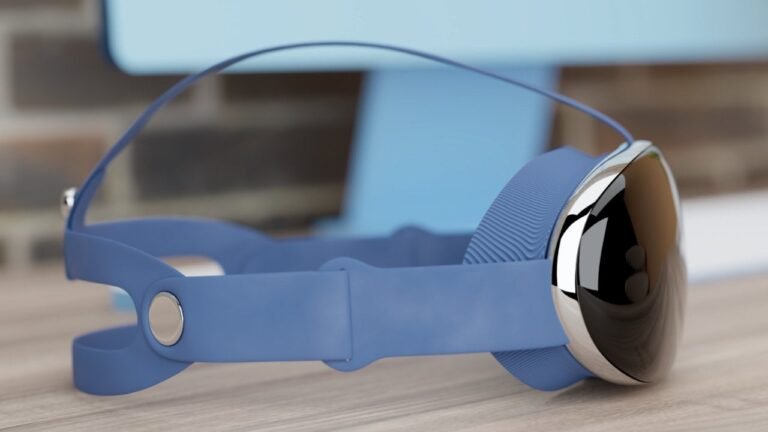After several years of development, Apple’s first major step into the metaverse—a high-end, mixed-reality headset—will reportedly be unveiled to the world for the first time this spring.
According to recent report, the tech giant is likely to show off its hybrid headset in the coming months, ahead of its annual Worldwide Developers Conference (WWDC), which typically takes place in June. Some third-party developers are reportedly already building apps for the device, which may be called the Reality Pro.
After the spring announcement, the combined augmented reality (AR) and virtual reality (VR) headset will reportedly be released later this year, alongside new iPhones and other refreshed Apple devices. The headset’s operating system will reportedly be called xrOS, although it’s said to be called “Borealis” internally.
Tech giants see huge opportunity in the metaverse—the name given to a future, more immersive vision of the internet with potential real-world ties. Facebook parent Meta has bet big on the pros…
The Reality Pro headset is expected to be a premium device with a price tag as high as $3,000, putting it at twice the cost of Meta’s recent Quest Pro mixed-reality headset ($1,499) and many times more expensive than the consumer-targeted Quest 2 VR headset ($399).
That’s a steep price to pay for wearable hardware, but Apple devices are often pricier than rivals and pack more polish and perks. In this case, the Apple Reality Pro is expected to be a powerful standalone headset—no computer or phone required—that can overlay digital imagery on top of users’ views of their surroundings, as well as handle immersive VR experiences.
READ ALSO:
USA at Higher Risk as Global economic uncertainty Becomes the New Norm
Meta Launches Live Roll-Out of VRS System to Mitigate Unintended Bias in Ad Exposure
It’s seen as Apple’s most decisive move towards the metaverse, a term that describes a next-generation internet that’s experienced via controllable avatars within 3D environments. The metaverse is envisioned as a hub for work, play, gaming, and social activities, with Meta among the major firms that are actively building towards that vision.
There’s a potential disconnect between how tech giants and Web3 builders are considering the future of the internet, however. In the Web3 space, creators imagine open and interoperable spaces that overlap and share functionality in the form of user-owned NFT assets, such as avatars, apparel, accessories, and other digital belongings.
Whether Meta and other firms will build the metaverse with Web3 technology remains unclear. In October, Meta founder and CEO Mark Zuckerberg said that an open and interoperable metaverse is “better for everyone,” although its approach appears to be through standards shared between tech companies and developers as opposed to Web3 infrastructure.
Zora sees itself as more than just an NFT marketplace; its next era is about helping people easily launch a DAO. Zora Co-founder Jacob Horne joined Dan Roberts and Andrew Hayward to talk competition, the NFT speculative boom and bust, how Zora and Nouns are connected, and why Zora thinks DAOs are the future. Watch Episode 27 of the gm podcast and make sure to subscribe on Apple or Spotify.
Whether Apple itself sees the Reality Pro as a metaverse play also remains to be seen. Apple CEO Tim Cook said last year that he’s not a fan of the term, telling Dutch outlet Bright, “I’m really not sure the average person can tell you what the metaverse is.” However, he added that he’s bullish on augmented reality.
Furthermore, Apple’s closed “walled garden” software ecosystem isn’t compatible with the Web3 notion of a metaverse. But that approach could change for the tech firm, as a recent report suggests that Apple will soon allow iPhone and iPad users to install apps from external sources to comply with changing European Union (EU) regulations.
In other words, there are still a lot of question marks about what Apple’s mixed-reality headset will do—and whether Apple is building some version of the future metaverse. But like every major modern Apple device, it’s sure to generate enormous buzz both before and after it’s finally unveiled—and it could have significant implications for the mainstream adoption of headsets and the metaverse.




